In the vast and diverse world of tropical fish, few species capture our hearts, like the Pea Puffer (Carinotetraodon travancoricus). These diminutive creatures, also known as Dwarf Puffers or Indian Dwarf Puffers, pack a punch in personality, colour, and charisma. While they may be tiny, they are puffer fish in every way. Originating from the freshwater habitats of South Asia, particularly in the streams and rice paddies of India, these tiny titans have captured the hearts of aquarists worldwide.
Origin and Habitat
The Pea Puffer's natural habitat is as intriguing as the fish itself. Originating from the Western Ghats region of India, they thrive in slow-moving streams, shallow lakes, and flooded areas, particularly in areas with dense vegetation and soft, sandy substrates. These habitats are often characterized by warm, slightly acidic waters with plenty of hiding spots among plants, roots, and fallen debris such as leaves and branches. All of which provide both a home and hunting ground for these tiny beasts.
In the wild, Pea Puffers are skilled hunters, using their keen eyesight and sharp beaks (just like their larger cousins) to search for small invertebrates, crustaceans, and even small fish. They are highly territorial, often staking their space among the vegetation and defending it vigorously against intruders.

Diet and Behaviour
The Pea Puffer is a carnivorous species with a voracious appetite. They feed on small snails, insect larvae, and tiny crustaceans in the wild. In the home aquarium, they eagerly accept a variety of live and frozen foods, including bloodworms, brine shrimp, daphnia, and tiny snails. Providing them with a varied diet to meet their nutritional needs is essential.
Despite their small size, Pea Puffers are incredibly intelligent and curious creatures. They are known for their playful behaviour and can often be seen exploring their surroundings, interacting with tankmates, and investigating new objects in the aquarium.
Aquarium Care
In aquarium keeping, conventional wisdom often dictates the care and maintenance of various fish species. Among these, the Pea Puffer, with its feisty demeanour and territorial tendencies, was long believed to be best kept solitary to avoid conflicts and aggression. However, recent discoveries and observations have shed new light on the social dynamics of these tiny titans, revealing a surprising truth: Pea Puffers thrive in the company of their own kind and should ideally be kept in groups. A 65L aquarium can easily house 8-10 as long as adequate hiding places and cover are provided.
Once considered solitary hunters, researchers and aquarists alike have begun to unravel the intricacies of Pea Puffer behaviour in group settings. Contrary to popular belief, these ravenous little creatures display remarkable social behaviours when provided adequate space, proper habitat, and compatible tank mates. In fact, keeping Pea Puffers in groups not only enhances their overall well-being but also offers enthusiasts a fascinating glimpse into their natural interactions and hierarchy.

One of the key benefits of keeping Pea Puffers in groups is reducing stress and aggression among individuals. In a group setting, these fish establish a natural pecking order, with dominant individuals asserting their authority while subordinate members learn to navigate social hierarchies. This hierarchical structure helps minimise conflicts and territorial disputes, creating a more harmonious and dynamic aquarium environment.
Moreover, social interactions among Pea Puffers contribute to their mental stimulation and overall health. These intelligent creatures engage in playful behaviours, intricate courtship displays, and cooperative hunting strategies when kept in groups, enriching their daily lives and providing owners with endless entertainment and fascination. From synchronized swimming routines to cooperative foraging expeditions, observing Pea Puffers in a social setting offers a captivating glimpse into the complexities of aquatic life.
For aquarists considering the addition of Pea Puffers to their tanks, the newfound understanding of their social nature opens up exciting possibilities. Instead of solitary confinement, enthusiasts are encouraged to create spacious environments conducive to group living, with ample hiding spots, plant cover, and compatible tank mates. By recreating their natural habitat and providing opportunities for social interaction, hobbyists can unlock the full potential of these charismatic creatures and witness the magic of community dynamics firsthand.
While the Pea Puffer was once deemed a solitary species, recent revelations have reshaped our understanding of their social behaviour and care requirements. From solitary hunters to cooperative companions, these tiny titans thrive in the company of their own kind, enriching aquarium ecosystems with their vibrant personalities and dynamic interactions. As we continue to explore the depths of aquatic life, one thing remains clear: when it comes to Pea Puffers, there's strength in numbers, and the true beauty of these remarkable fish is best experienced in the company of friends.
Setting up a suitable home aquarium for Pea Puffers requires careful consideration of their natural habitat and behavioural tendencies. Here's a detailed guide to creating the perfect environment for these tiny terrors:
- Tank Setup - Begin with a tank size of at least 10 gallons (45L) for a small group of Pea Puffers. Opt for length over height to maximize horizontal swimming space as these fish explore every nook and cranny of their environment. Create a densely planted aquarium with various live plants such as Java Fern, Anubias, and Amazon Swords. These plants provide shelter and hiding spots and help maintain water quality by absorbing excess nutrients.
- Water Parameters - Maintain water conditions that closely resemble their native habitat. Aim for a temperature range of 75-82°F (24-28°C) and a pH between 6.5-7.5. Keep the water hardness in the soft to moderately hard range, around 5-15 dGH. Regular water changes are essential to keep ammonia and nitrite levels in check and ensure optimal water quality.
- Substrate and Decor - Choose a soft, sandy substrate to replicate the sandy bottoms of their natural habitat. This substrate is gentle on their delicate bodies, allowing them to forage and sift through the sand for food. Incorporate driftwood, rocks, and caves to create a diverse landscape with plenty of hiding spots and territories for each fish to claim as their own.
- Lighting - Provide low to moderate lighting to simulate their natural habitat's subdued sunlight. Avoid intense lighting that may cause stress or algae overgrowth. Consider adding floating plants like Water Sprite or Duckweed to provide shade and diffuse the light, creating comfortable hiding spots for the fish.
- Filtration - Choose a gentle filtration system to avoid creating strong currents that may stress out the fish. A sponge or canister filter with adjustable flow settings is ideal for Pea Puffers. Ensure proper water circulation throughout the tank to prevent stagnant areas and maintain oxygen levels.
Breeding Pea Puffers
For aquarists seeking a rewarding challenge and a deeper understanding of their beloved Pea Puffers, breeding these miniature marvels in the home aquarium can be fascinating. While not without its complexities, successfully breeding Pea Puffers offers enthusiasts the opportunity to witness the wonders of nature up close.
Setting the Stage - Before embarking on the breeding journey, creating an environment conducive to courtship and reproduction is essential. Start by providing a well-established aquarium with ample hiding spots, dense vegetation, and soft, sandy substrate. Introduce a compatible breeding pair of Pea Puffers, ensuring they are healthy, well-fed, and conditioned for breeding.
Courtship and Spawning - Pea Puffers are known for their intricate courtship displays, often involving elaborate dances, fin flaring, and colour changes. Male Pea Puffers will court females by displaying vibrant colours and performing courtship rituals to entice them to spawn. Females may become visibly rounder as they develop eggs, indicating they are ready to breed. Spawning typically occurs in the early evening at sundown.
Males initially engage in what might be seen as harassing the females however this behaviour is part of their natural mating ritual. After this initial phase, the female, once ready, selects a suitable location within the tank to lay her eggs. She then leads the male to this chosen spot, where fertilisation occurs. The chosen location is often secluded and sheltered by plants, providing a safe environment for the eggs. This process highlights the intricate and natural behaviours these tiny creatures exhibit when reproducing in captivity.
- Once spawning is complete, removing the adult fish from the breeding tank is essential to prevent them from consuming the eggs or fry.
- Egg Incubation and Fry Care - After fertilisation, the eggs will hatch within 3-5 days, depending on water temperature and conditions. The newly hatched fry, or 'wigglers,' will initially attach themselves to surfaces using a sticky adhesive organ called a 'yolk sac.' It's crucial to provide gentle aeration and maintain pristine water quality to ensure the survival of the fry.
- Once the fry has absorbed their yolk sacs and become free-swimming, they can be fed infusoria, baby brine shrimp, or commercial fry foods. Frequent water changes and careful monitoring of water parameters are essential during this delicate stage of development.
- Rearing the Fry - As the fry grows, provide them with plenty of hiding spots and shelter to avoid predation from adult fish and maintain water quality. Gradually introduce larger food items as they mature, such as microworms, crushed flake food, small bloodworms and daphnia. Monitor the growth and development of the fry closely, separating individuals into grow-out tanks as they reach maturity to prevent overcrowding and aggression. With proper care and attention, you'll soon be rewarded with a new generation of Pea Puffers ready to enchant aquarium enthusiasts worldwide.
Breeding Pea Puffers in your home aquarium is a fulfilling and enlightening experience, offering insight into aquatic life. With a suitable environment, keen observation, and proper techniques, enthusiasts can contribute to their conservation and appreciation. Dive in and explore the mysteries of breeding Pea Puffers firsthand.
The Pea Puffer is a fascinating and charismatic species that brings an element of excitement to an aquarium that not many fish of that size can deliver. With their vibrant colours, playful behaviour, and unique hunting instincts, these tiny terrors will captivate aquarists of all experience levels. You can create a thriving ecosystem showcasing these remarkable fish's beauty and wonder by recreating their natural habitat and providing them with a well-balanced diet and suitable tankmates. So why not dive into the world of Pea Puffers and experience the magic for yourself?
Interested in purchasing your own pea puffers? You can do so here
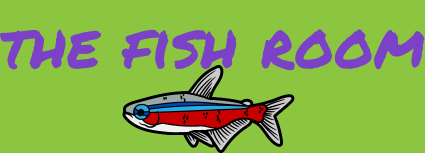
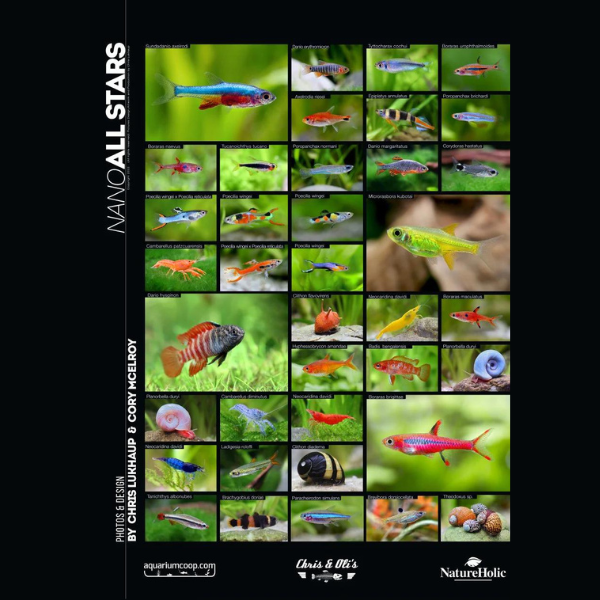
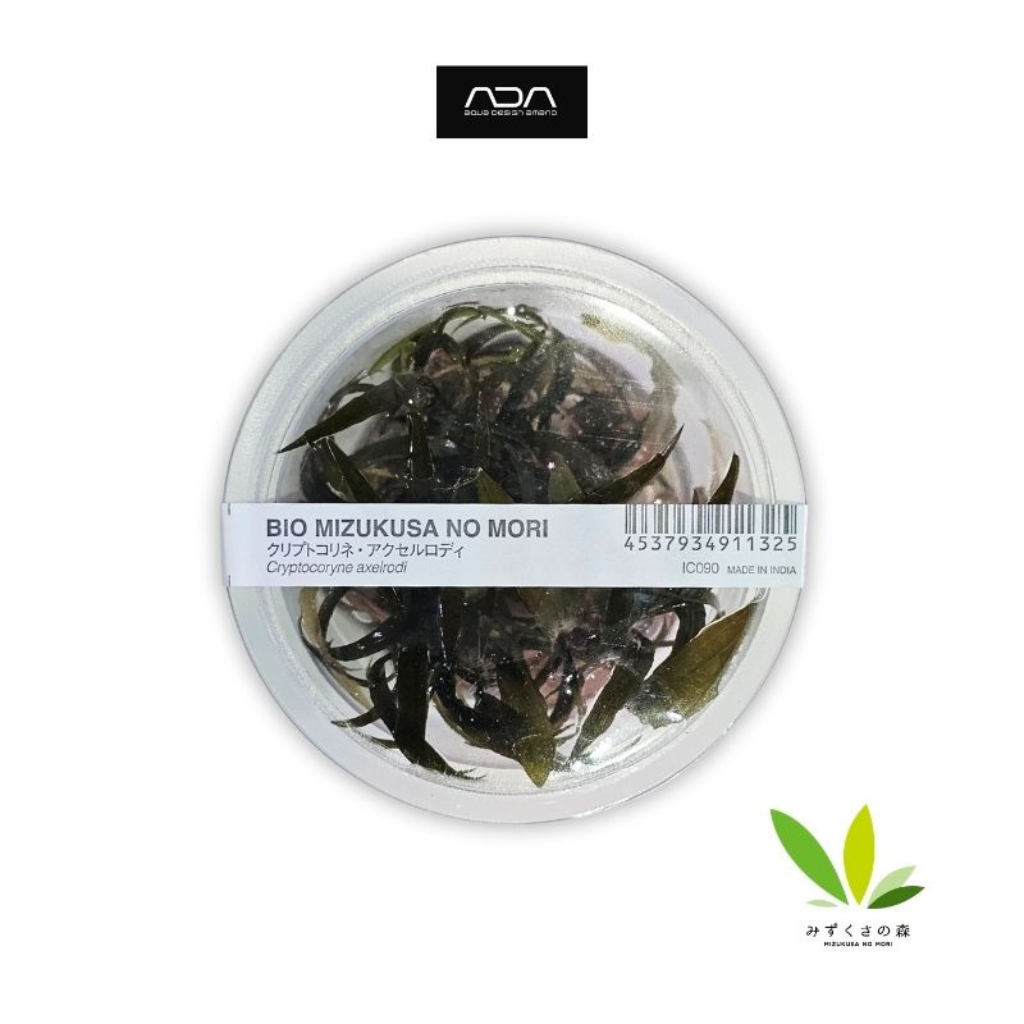
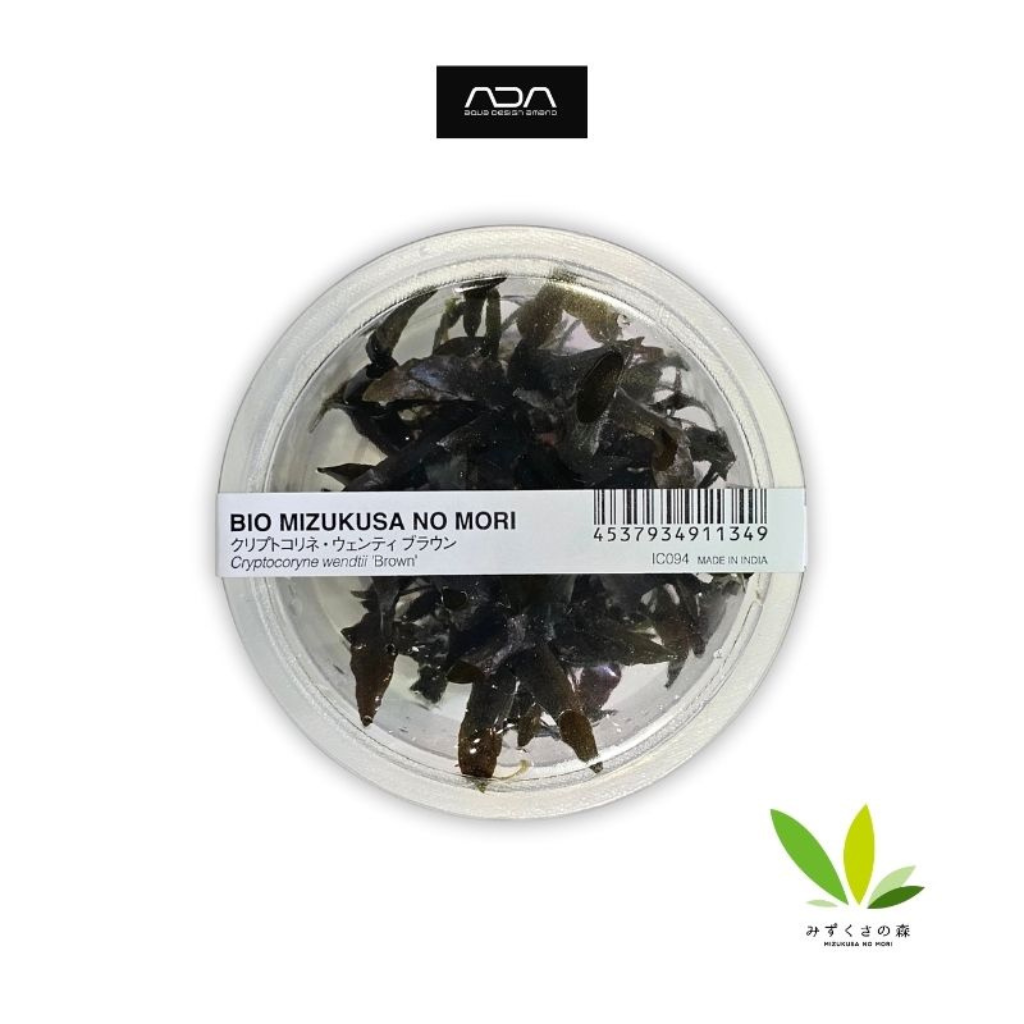
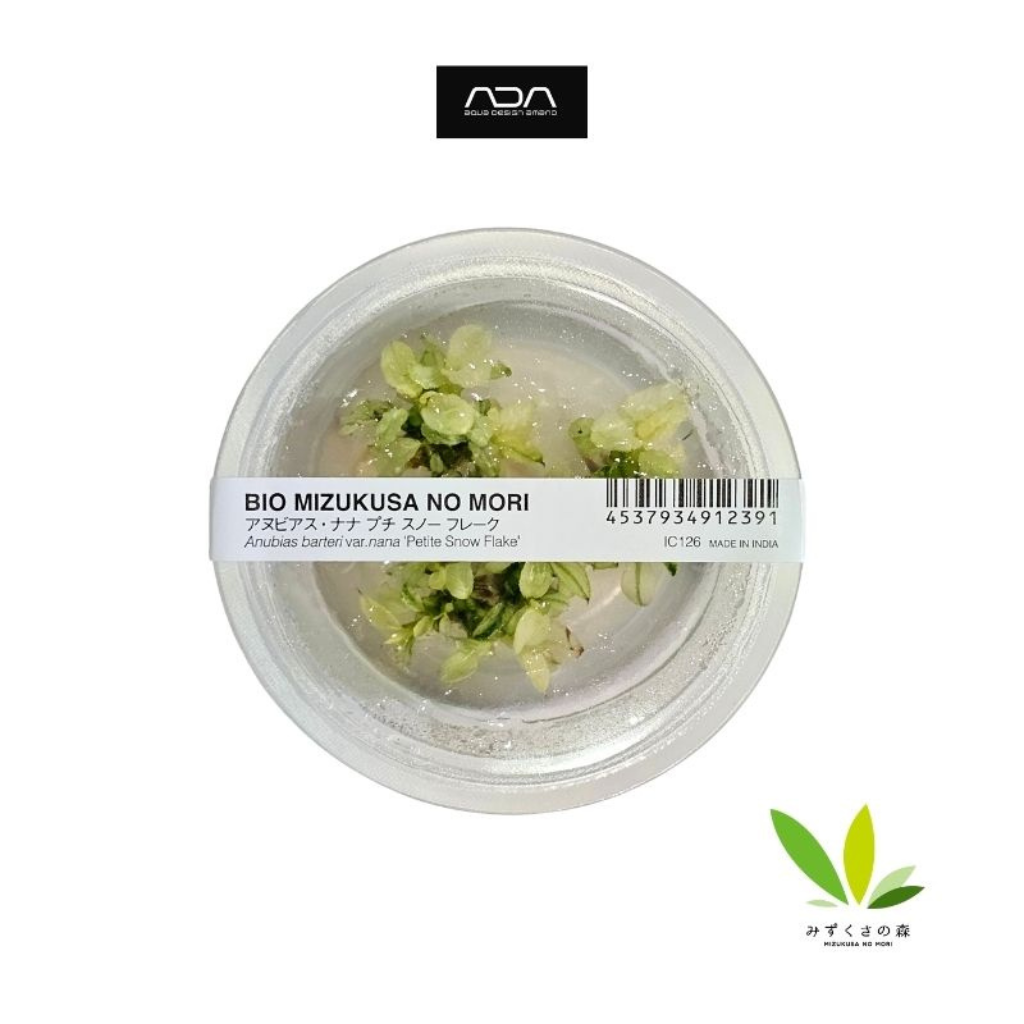
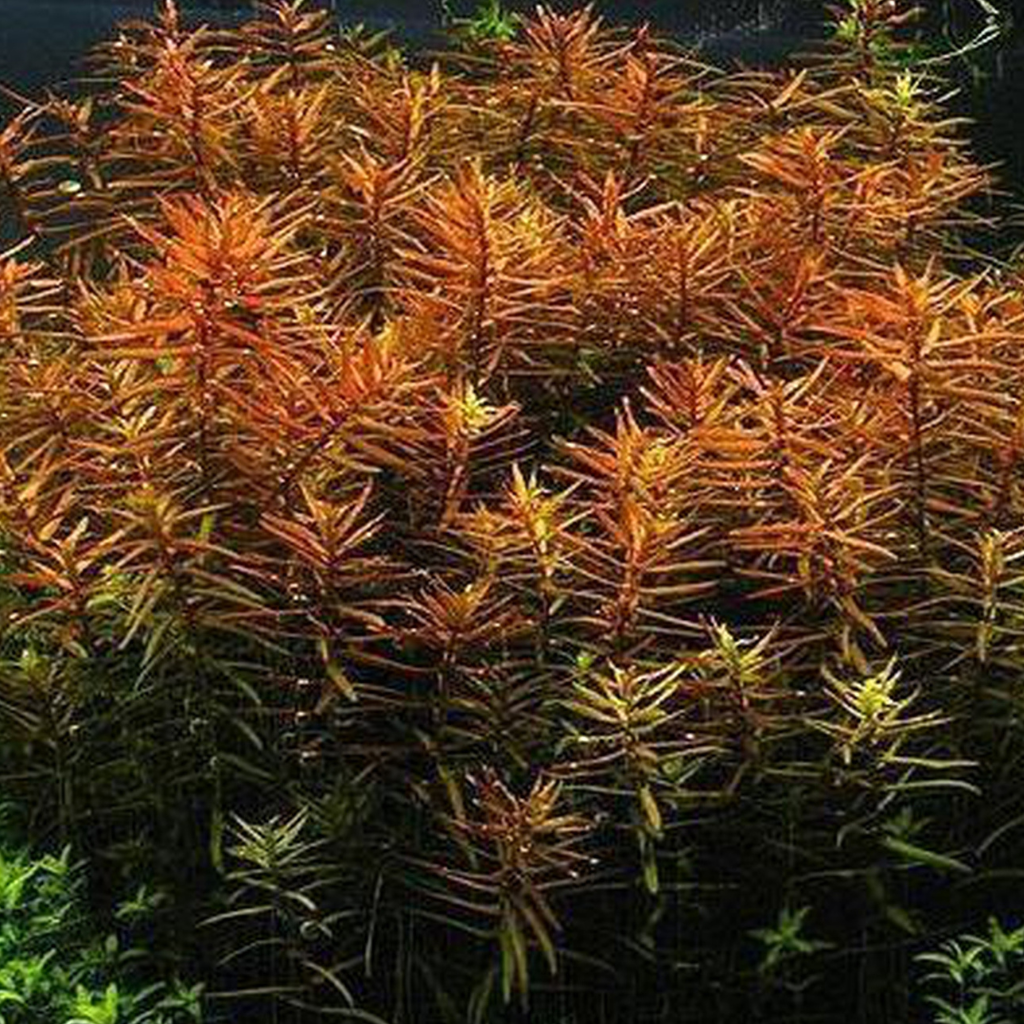
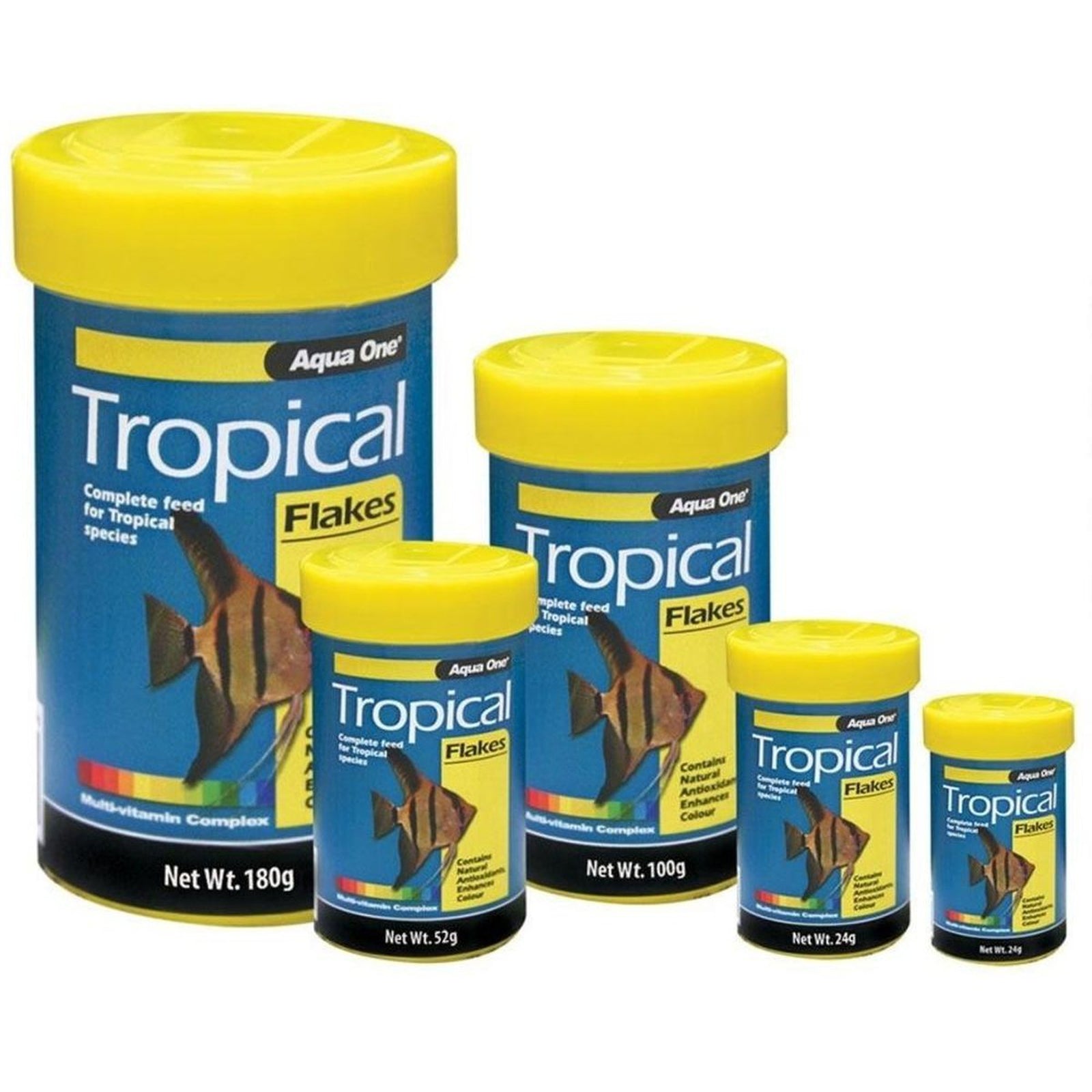
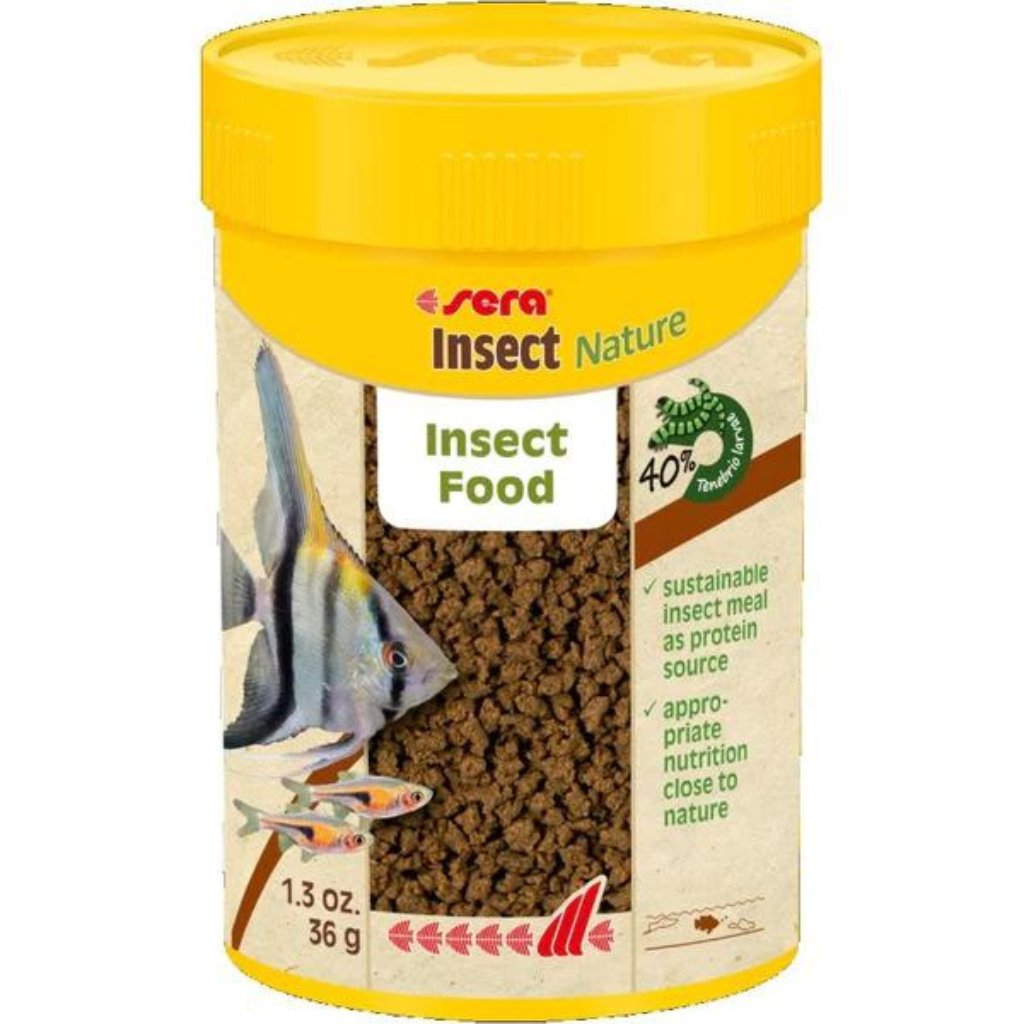
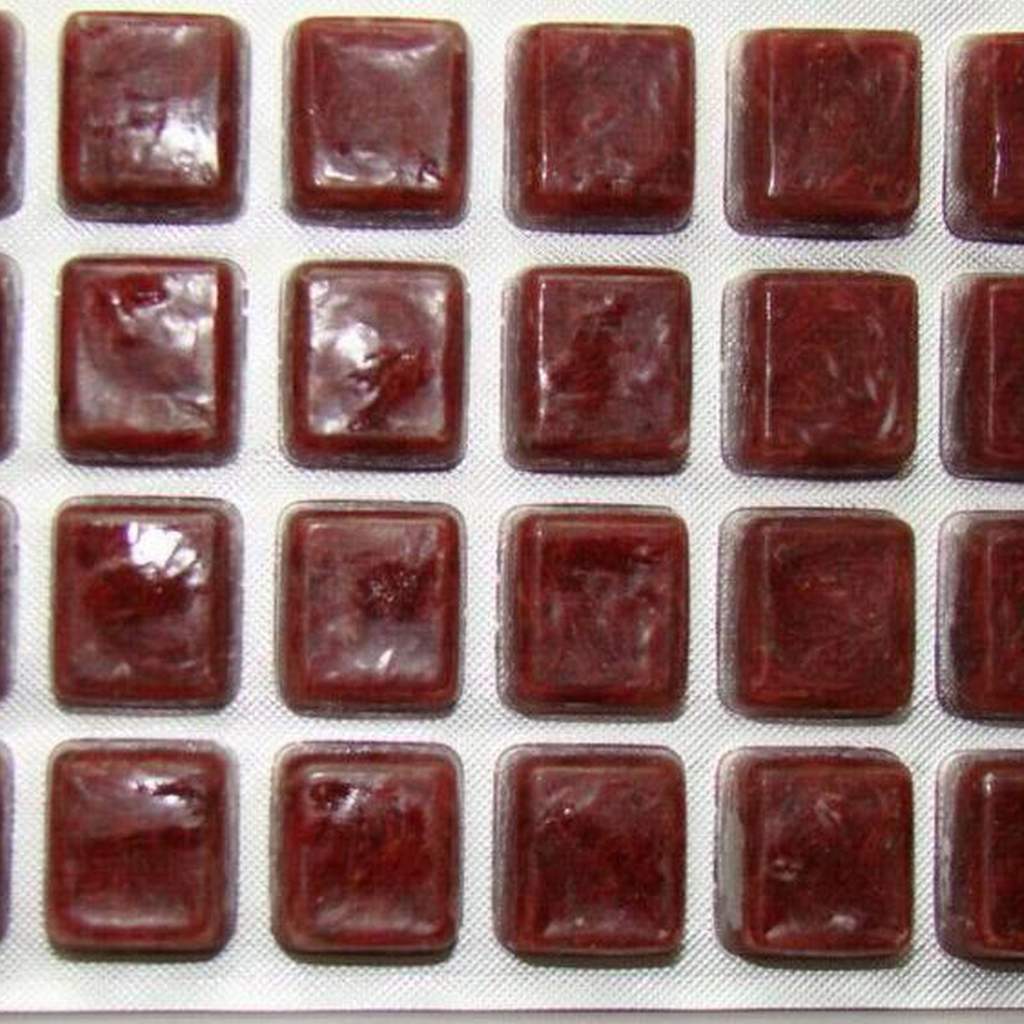
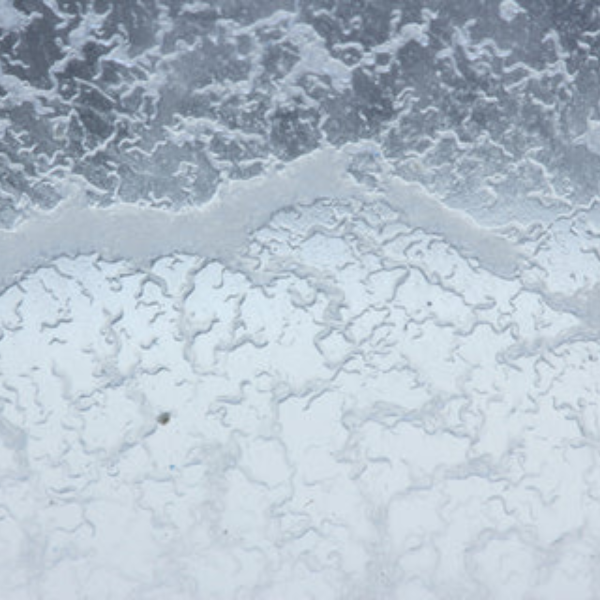




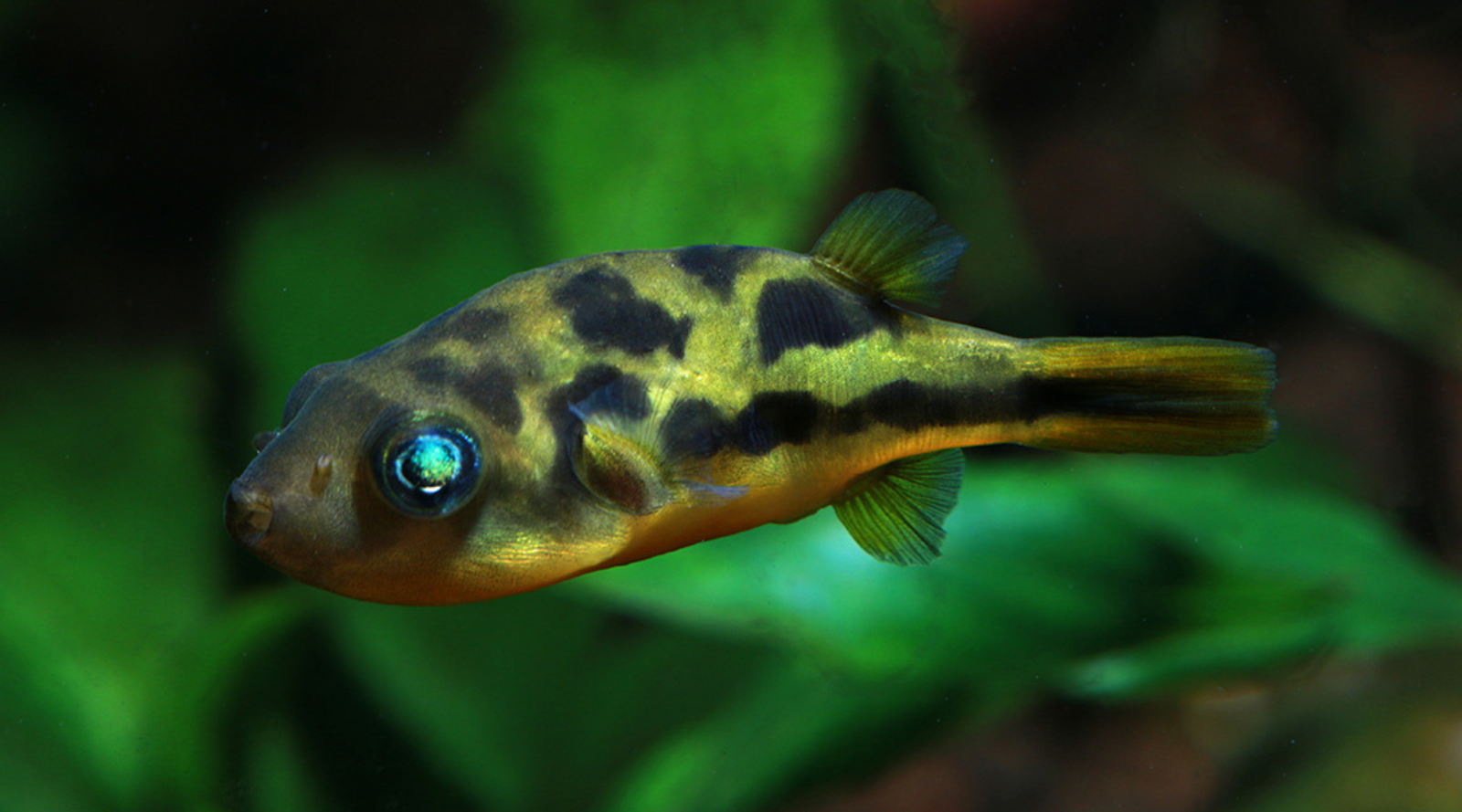
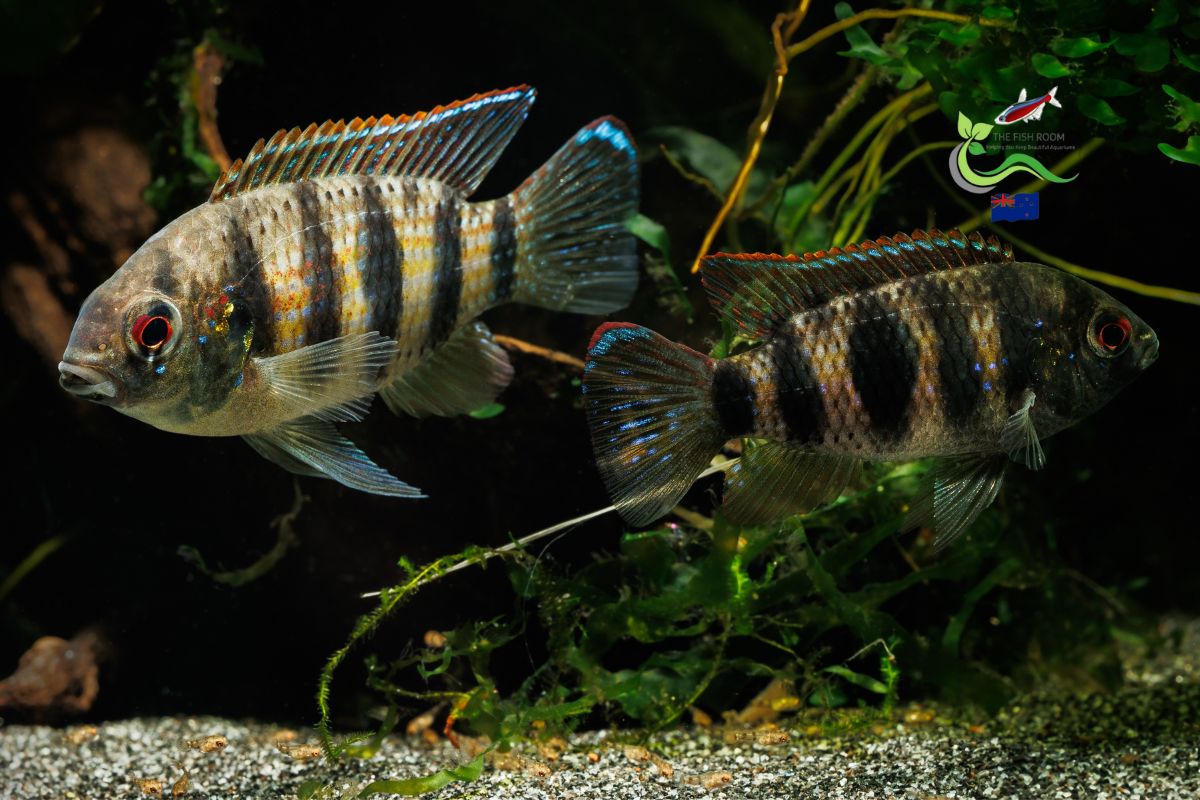
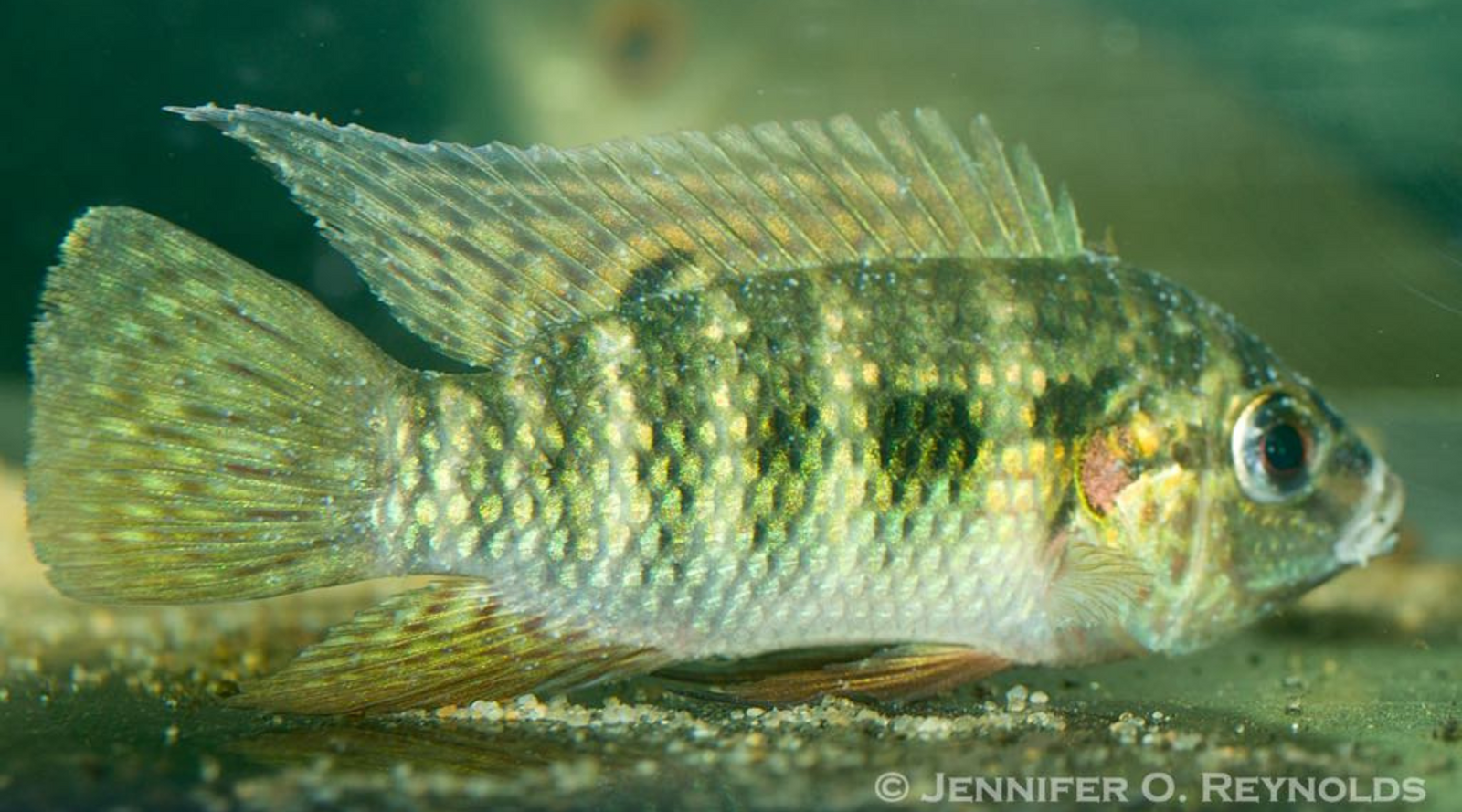
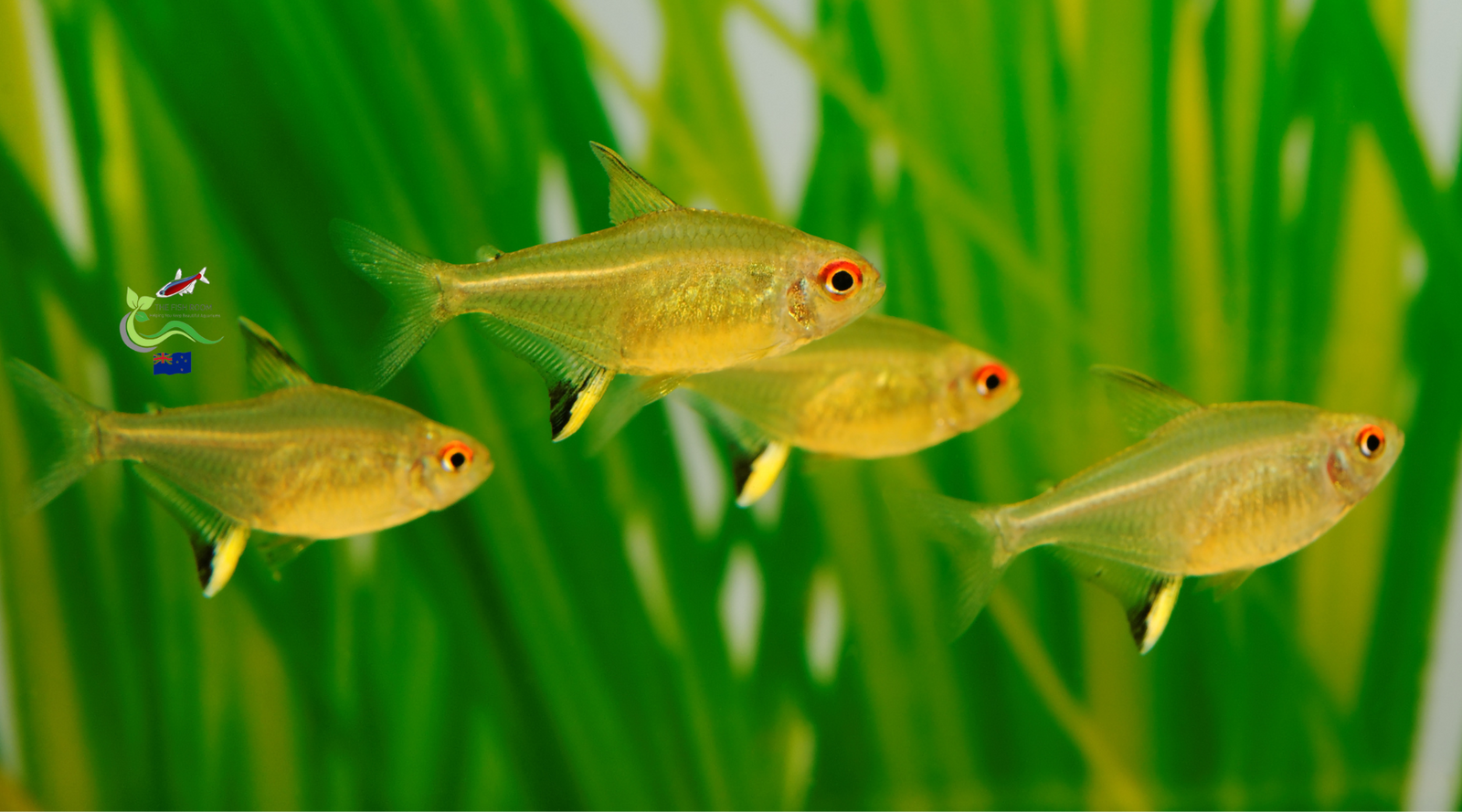
Leave a comment (all fields required)